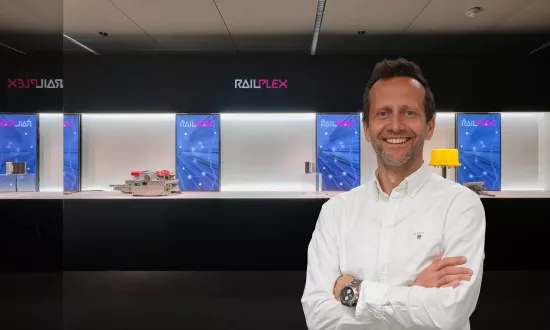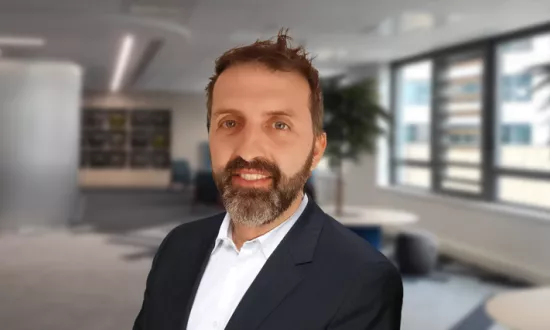Thales – SESO® Optics: The infinitesimal brings another giant leap in science
It is one of the wonders of science that the biggest discoveries are often dependent on the tiniest elements. At Thales too, the smallest entities are often at the heart of some of the biggest scientific advances. Both elements are true at Thales – SESO® Optics, which is playing a key role in proving a theory Einstein first defined in 1916.
Based in Aix-en-Provence in the south of France, Thales - SESO® Optics, will celebrate its 60th anniversary in 2025. Today, around 100 people – the majority extremely specialised engineers and technicians – are working on a number of programmes, in association notably with Thales Alenia Space.
If there is a specificity of the company, it is its mastery of extremely high levels of precision. “It is the equivalent of discovering a default the size of a single hair on a surface as large as a football pitch”, explains Christian du Jeu, R&T Director at Thales - SESO. “This precision is necessary for the niche technology we work with - large optical, astronomy and matter analysis instruments - which require very specific design and manufacturing know-how.”
It is as a manufacturer of high-precision optics for which Thales - SESO is best known, and which has again put the company in the spotlight.
Confirming Einstein's theory
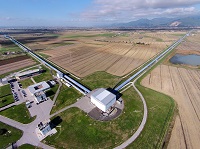
In April, it was announced that Thales - SESO had won a contract to provide a crucial element for the European Advanced Virgo+ project. This project, set up to detect the gravitational waves that Albert Einstein predicted 105 years ago, is housed in an extremely large installation – known as an interferometer – created in 2016 near Pisa, in Italy. It consists of two large vacuum tunnels that stretch for 3 km into the Tuscan countryside, with entry and exit mirrors to trap the light. These two tunnels are perpendicular and the recombination of their two optical beams creates interference.
This interferometer is able to detect a difference in size between the two arms as small as 10^-19 metres, caused by the space-time contraction induced by gravitational waves. “This order of magnitude has no scientific equivalent”, explains Christian de Jeu. “It reflects the full power of this type of instrument and is what has enabled us to confirm Einstein's theory."
To do this it injects a laser beam into the installation which is reflected back and forth between four mirrored surfaces about 400 times. New polished mirrors offering the highest possible levels of precision are now being added.
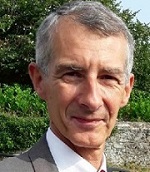
"Thales - SESO has been selected to polish the four mirrors of up to 550 mm in diameter", points out Christian du Jeu (pictured left). "To deliver such outstanding performances, we have to master sub-nanometer scale structures, down to the size of an atom. It represents nearly a 3-fold improvement over previous mirrors used in Advanced Virgo, the actual version of the instrument."
Gravitational waves, caused by events such as black hole and neutron star mergers, were first detected in September 2015, making this one of the most cutting-edge fields in astronomy and a source of exciting new technologies. The field gives new insights into the working of the Universe, and in particular, the observation of the very early Universe.
Looking out to space and back down to Earth
Thales - SESO is no stranger to space. More than one hundred of the company’s mirrors are in orbit on satellites, and on Earth, its optics also form part of several major telescopes that are looking out into deep space. It was from one of these, at the Observatoire de Haute-Provence, where in 1995 Nobel prize winners Michel Mayor and Didier Queloz observed an exoplanet for the first time ever. Since then, the company's optics have helped observe nearly 4,500 exoplanets, and work is ongoing.
“Today we are continuing to participate in the production of components for the new generation of spectrographs. We also produced equivalent optics for Indian astronomers, which enabled them to detect their first exoplanet,” points out Christian du Jeu.
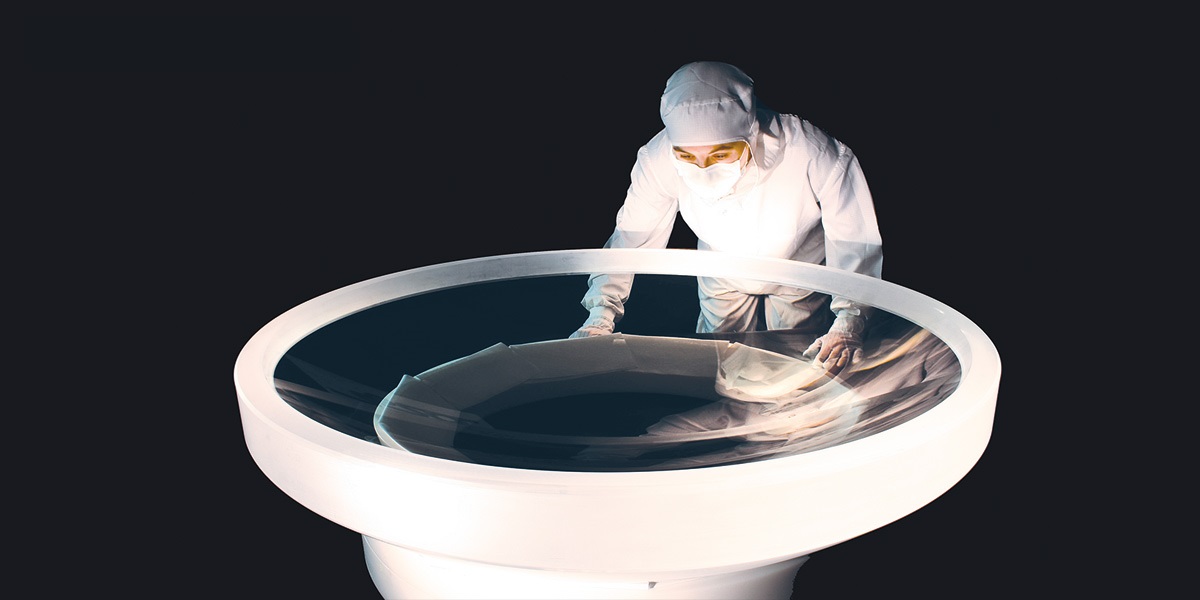
Thales - SESO is not only helping look out into space, but also into how our own world is changing. The company is heavily implicated in the Copernicus programme, working alongside Thales Alenia Space, notably for the CO2M project. Under the responsibility of TAS, a spectrometer including several components designed and produced by Thales - SESO is helping measure CO2 levels on earth. “The project will make it possible to map the CO2 rate at any point on Earth with a resolution of 2 km² and completely map the planet every 11 days with one satellite, or 6 days with two,” explains Christian du Jeu. “This will make it possible to detect and monitor all sources of CO2, and thus allow significant improvements in our environment.”
Thales - SESO mirrors and the Covid-19 virus
Back on Earth, innovation and precision are facilitating scientific discoveries in other fields. The company is working with the Group's laser business, in particular Petawatt lasers where the dimensions of the optics are substantial, and where the very intense laser flux requires very specific surface treatments.
Zooming in once again to the infinitesimal, the company has also produced more than 1,500 mirrors for X-ray synchrotrons*. These silicon mirrors, at least one meter long, transport the X-ray beam emitted by the synchrotron to the experimental chambers, and allow users to fine-tune the analysis of the smallest spots. “The specific form of the Covid-19 virus was analysed with our patented active mirrors,” points out Christian du Jeu.
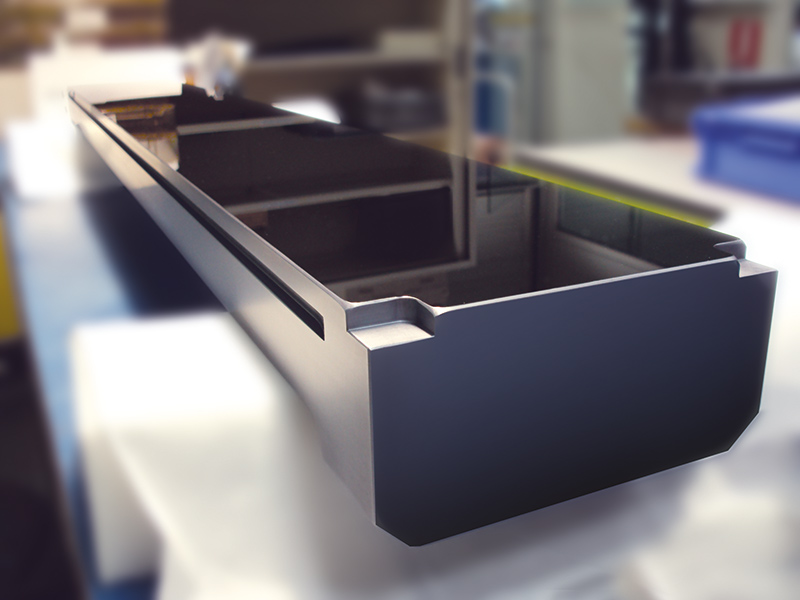
Such precision and attention to detail requires very special machines – and very special skills from the technicians working with them. Thales - SESO provides services that are almost unique in the world, starting from a solid object – a block of glass. Each project is unique, and the in-house expertise lies in the ability of its people to imagine the most suitable designs as well as how best to machine, polish and coat the glass blocks to achieve the required results.
“It is a profession that relies simultaneously on both manual and robotic approaches,” explains Christian du Jeu. “Manual, because handling glass and guaranteeing the levels of precision for measurement and integration requires care and rigour. Such performances are only possible through artisanship and iterative processes that can take months. Robotics, because each step, such as grinding, polishing or coating, is performed with digitally-controlled machines, but here, once again, specific skills, often obtained by in-house training, are vital.”
The environment in which the company is operating is becoming more and more complex, and performance demands are increasing – whilst there is also pressure to reduce costs. Thales - SESO is constantly optimising processes and looking into new and innovative technologies to improve even the smallest details, because as the company knows - almost better than anyone – even the infinitesimal can lead to major new discoveries.
*particle accelerator ring to generate X-rays

